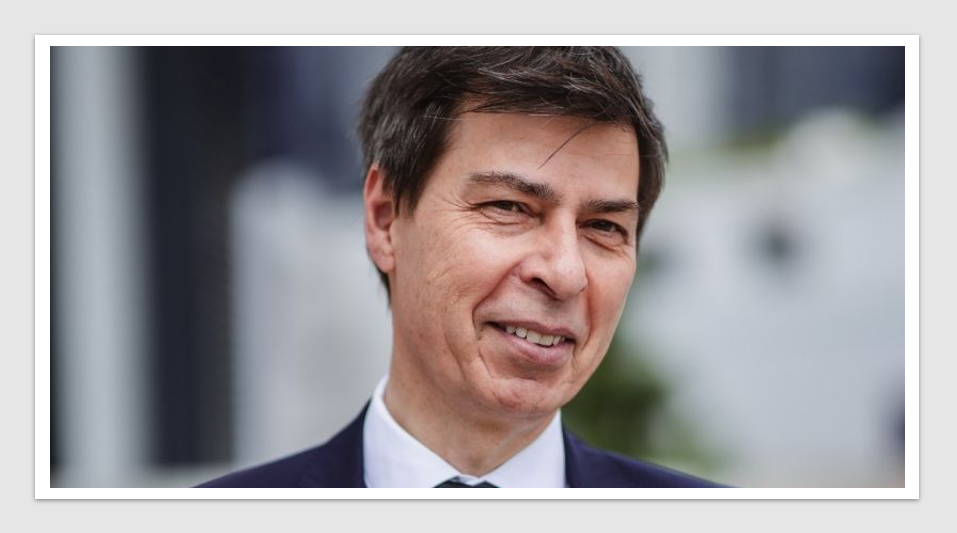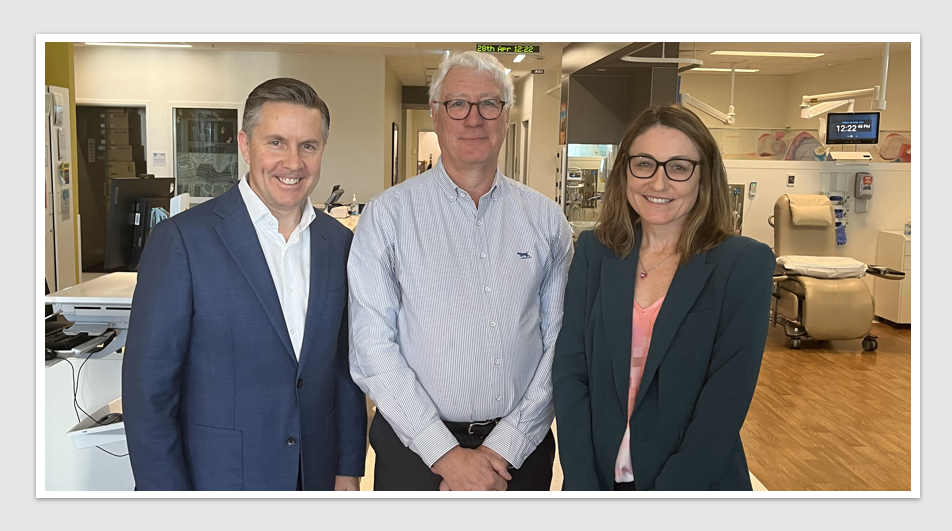News & Trends - MedTech & Diagnostics
Clinicians and industry urge government to reinstate funding of radiation therapy for women battling gynaecological cancers

MedTech & Diagnostics News: The Royal College of Australian and New Zealand Radiologists (RANZCR) and the Radiation Oncology Access Coalition (ROAC) are jointly calling on the government to reinstate funding for brachytherapy in the next federal budget. This radiation therapy technique is widely recognised as the primary treatment for two types of gynaecological cancers.
Presently, more than half of the brachytherapy treatments in Australia target gynaecological cancers, predominantly those affecting the cervix or endometrium. These cancers impact younger women, typically between the ages of 35 and 60, with indigenous women facing a significantly higher risk. In fact, indigenous women are 2.5 times more likely to be diagnosed with cervical cancer and 1.8 times more likely to be diagnosed with endometrial cancer.
The funding for brachytherapy equipment was withdrawn by the Department of Health and Aged Care in 2017 as part of the changes to the Radiation Oncology Health Program Grants (ROHPG) scheme. Following this change, research conducted by RANZCR has revealed a decline in brachytherapy courses. The peak body emphasised that reinstating the grant in the upcoming federal budget is ‘critical’ to address this concerning trend.
RANZCR President, Professor John Slavotinek, said “Brachytherapy significantly increases survival rates for cervical and endometrial cancers that are more common among women and particularly indigenous Australians.
“Radiation oncologists agree that the decision to remove brachytherapy from the ROHPG scheme was misjudged. It is critical that the Federal Government uses its next budget to reinstate the ROHPG for brachytherapy capital costs to improve patient access and clinical outcomes.”
A ROAC spokesperson told Health Industry Hub, “Reductions to funding for brachytherapy capital equipment and unsuitable MBS fees means providing brachytherapy is unsustainable. What we repeatedly hear from industry is that brachytherapy is provided at a loss to ensure patients maintain access to best practice treatment.
“Inevitably what this means is patients will miss out on life-saving best practice treatment. ROAC will continue to work with the entire radiation therapy community, and government, to maintain and improve patient access to best practice radiation therapy.”
Rebecca Cortiula, Senior Managing Director, Varian Australasia told Health Industry Hub, “All Australians deserve both choice and access to all treatment options in their cancer journey. Restoring funding for brachytherapy means restoring access to life-saving solutions for women battling gynaecological cancers.”
Varian’s Bravos high-dose-rate (HDR) brachytherapy system, along with its accompanying software programs, undergo continuous adaptation and enhancement. Recently, the company introduced new applicators that have generated considerable excitement among clinicians. It’s worth noting, however, that these applicators are not tailored specifically for gynaecological cancers.
Professor Slavotinek asserted “Brachytherapy is cost effective compared to other modalities for certain cancers and essential for gynaecological cancers. It is considered a high value, low-cost treatment. If access to services is not maintained or increased there is a danger that overall health spending on certain cancers will increase and that patient outcomes will be poorer.
“Without the return of funding there is no guarantee that radiation therapy facilities will be able to invest in brachytherapy equipment.”
 In reimagining healthcare across the entire patient journey, Health Industry HubTM is the only one-stop-hub bringing the diversity of Pharma, MedTech, Diagnostics & Biotech sectors together to inspire meaningful change.
In reimagining healthcare across the entire patient journey, Health Industry HubTM is the only one-stop-hub bringing the diversity of Pharma, MedTech, Diagnostics & Biotech sectors together to inspire meaningful change.
The content on Health Industry Hub is copyright protected and should only be accessed under individual user licenses. To subscribe, please click here and visit T&Cs here.
Medical

NSW Health to settle ‘largest’ class action
A class action alleging NSW Health underpaid clinicians has settled after the department agreed to a payout of nearly a […]
MoreNews & Trends - Pharmaceuticals

Lilly’s first-in-class therapy PBS listed for early breast cancer after 15-year gap
Pharma News: Australians diagnosed with early-stage breast cancer, particularly those at high risk of recurrence, will gain access to the […]
MoreNews & Trends - Pharmaceuticals

AstraZeneza secures four PBAC nods in oncology, diabetes, kidney and rare diseases
Pharma News: AstraZeneca has scored four positive Pharmaceutical Benefits Advisory Committee (PBAC) recommendations following the March meeting. These recommendations, spanning […]
MoreNews & Trends - Pharmaceuticals

PBAC recommendation to reshape prescribing in heart failure
Pharma News: Aligned with the government’s Scope of Practice Review, the Pharmaceutical Benefits Advisory Committee (PBAC) has made a practice-changing […]
More